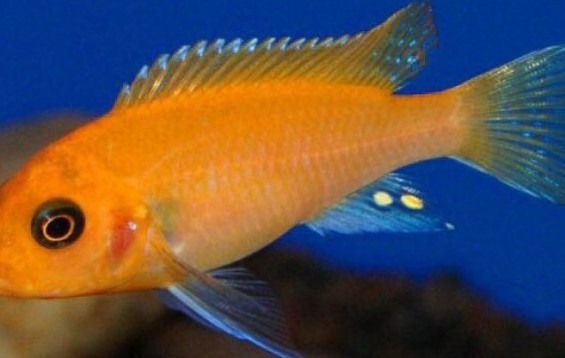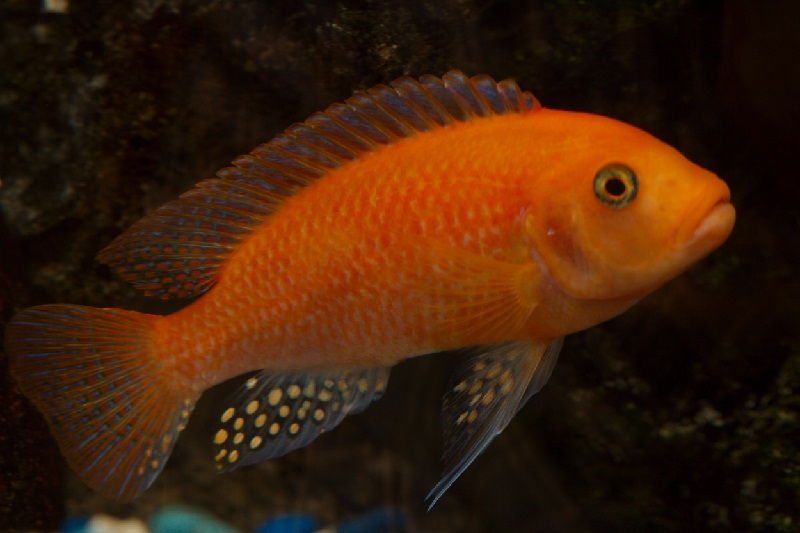

The haps may also not show colors and get unhealthy and skinny.īut that is not to say you can’t keep mbunas with haps. Yes, they will be at risk of getting eaten by haps, but their aggression will make the haps not to do well, especially if you are looking to breed them. Overall, they are smaller than haps and peacocks, but what they lack in size, they compensate in aggression.Īs such, if you are going to maintain them with either of the other two species, just know you’ve got some work cut out for you. Mbunas are the arguably the first of all Lake Malawi cichlids to be kept in aquariums, growing in popularity in the 70s and 80s and loved to date, but they have a tainted reputation. When considering the most popular African cichlid pairing, which includes Mbunas, peacocks, and haps, here a few things you need to know.

This also make it difficult for aquarists to obtain true-species as most of the cichlids in the market will have at least two ancestries.Īway from that, you can also reduce aggression by keeping more females African cichlids in your tanks as opposed to males, albeit having better colorations. Most African cichlids (Malawi) crossbreed easily in a community tank, which can be a real incentive for breeders seeking new colors morphs, but it can be bad for the overall health of newborns. This makes it difficult for a dominant male to single out a particular fish as a target of its belligerence. One somewhat common trick to reduce aggression when keeping African cichlids is maintaining a heavily stocked tank. Moreover, do not keep two aggressive species like mbunas and haps together, instead, maintain either of the two with peaceful peacocks or Utakas. For instance, do not maintain different Aulonocara species together, but you can keep them with mbuna cichlids.

Most African cichlids are aggressive, so keep them in a large tank (longer than taller), but avoid closely related fish and those with similar body coloration. They also like fish tanks with a lot of rock work and caves akin to their native environment.Īnd all this goes to show they can be kept together in one way or the other. As you would expect, they are the ultimate tropical fish and do best in water temperature from the higher 70s to lower and mid-80s (Fahrenheit). Overall, all African cichlids prefer aquarium water that is on the harder side and with an alkaline Ph. There is also a couple of species from West and Central Africa, and Lake Victoria in the East, though they are not as widespread as those from Malawi and Tanganyika.

The most popular are from Lake Malawi, which includes at least 700 species, and Tanganyika cichlids, which are also quite famous and are considered, together with the former, to be the undisputed African Great Lakes cichlids. If you are new to African cichlids, probably the first thing you’ll need to know is there are several types of African cichlids.
#Crimson red zebra cichlid how to
So, let’s see how to keep each of these cichlid groupings. Best Cichlids Type to Keep TogetherĪs we’ve seen above, it best to keep cichlids from the same regions together, though there are a few species like dwarf types that will do ok in the same aquarium even though they are not from the one area. Please read on for more insight on how to companion your cichlids. That said, the only large cichlids that will get along are those from South America like angelfish and discus, those from Central America are too feisty and do best alone. Keeping cichlids from the same region together is also recommended.įor instance, mbuna and peacock cichlids will do well together since they both come from Lake Malawi in the east coast of Africa.ĭwarf cichlids like german blue ram and kribensis or Apistos also do well together even though they come from different geographical regions. Cichlid Types That Can Live Together (+Other Tank mates) AQ UA R IA W ISE Cichlid Types That Can Live Together (+Other Tank mates)īy Eddie Waithaka are a diverse family of fish kept in freshwater aquariums and mainly native to tropical water bodies in Africa, and South and Central America.īecause cichlids are mostly aggressive, they are generally not community fish and only do best in species tanks.


 0 kommentar(er)
0 kommentar(er)
